House less than 60m² and great faith
Amidst the chaos of bricks, stones and concrete pillars, Mr. K'Tos (52 years old, Kao Kuil village, Dinh Lac commune, Di Linh district) smiled as he watched his house gradually take shape. The house is less than 60 square meters, but it is enough for him, his wife and 7 children to no longer have to cover themselves from the rain with a torn tarp.
“I am so happy. Having a house now makes me feel much more secure. Now I just hope my children can get a good education,” he said, his eyes shining with hope.
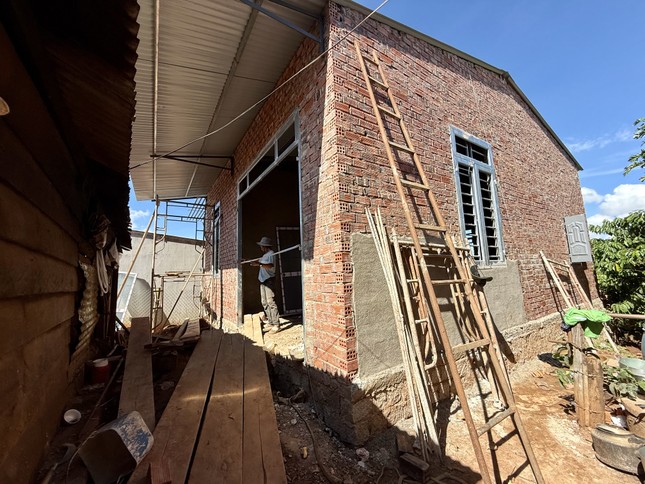 |
| It is expected that by the end of May, Mr. K'Tos's family's house will be put into use. |
Previously, Mr. K'Tôs had 8 sao of coffee but divided it all among his children according to custom. With no more land to cultivate, he worked as a hired hand, earning a few hundred thousand dong a day. The family lived frugally to raise their children. The new house was built with a 100 million dong loan from the Social Policy Bank - a decision he had to consider for a long time.
“Living in a temporary hut, it leaks everywhere, how can we think long term? Only when we have a house can we dare to dream about the future,” he shared.
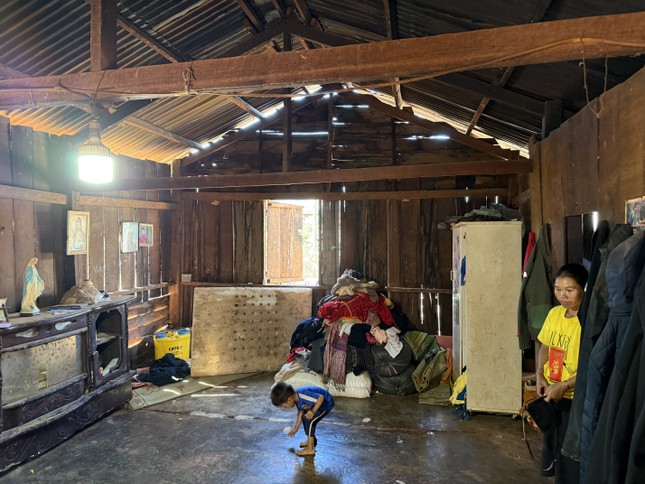 |
| Mr. K'Tos's family's current house - home to 9 people. |
Not far from Mr. K'Tôs's house, Ms. K'Hes (30 years old, Secretary of the Youth Union of Due village) was washing vegetables while talking about the roof of her house that had just been built for more than 4 months. Previously, the family of four was crowded in an old, dilapidated house, and during the rainy season, they had to watch every pot of water because it leaked everywhere.
“Thanks to the commune for helping us get the red book for free, and the district supporting us with an additional 60 million VND, we were able to build a new house. The children have a place to play, and my husband and I are much less worried,” she said, her hands still moving quickly over the newly installed stainless steel water tank.
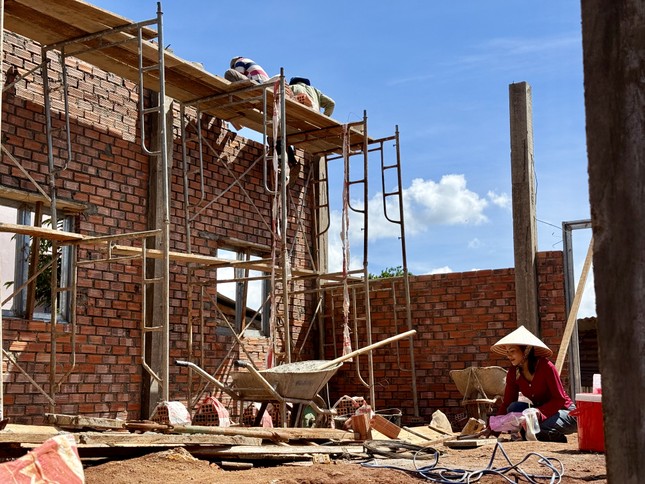 |
| K'Hes' family house is also being urgently completed. |
The knot called… law
According to Mr. Vu Duc Nhuan - Vice Chairman of Di Linh District People's Committee, in 2024, the whole district built and repaired nearly 300 houses for poor, near-poor households and policy families. However, behind those houses are many untold stories, especially land legal issues.
“Many poor and near-poor households have residential land but do not have red books because the land was given to them by their parents or relatives, and has not been divided into plots or converted to land use purposes. Without a book, they cannot legally build houses, and even less can they access housing support packages under the policy,” Mr. Nhuan explained.
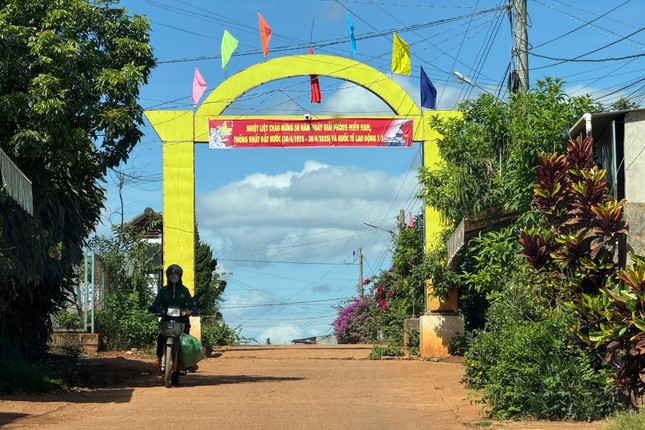 |
| By 2025, Di Linh district aims to complete the construction or repair of 102 houses for people in difficult circumstances. |
To make matters worse, near-poor households are not exempted from land use conversion costs, making the journey to legalize residential land even more arduous. Faced with this situation, the Steering Committee for Eliminating Temporary and Dilapidated Houses in Di Linh District has proactively sought solutions.
In addition to central and provincial capital sources, Di Linh district also allocates social mobilization funds to support people in obtaining red books. Each household is supported with 10-15 million VND to pay for administrative procedures such as land division, land use purpose change, and land and house legalization.
“Only when having a red book, people will be eligible to participate in the housing support program. Once the legal bottleneck is removed, the journey to eliminate temporary housing will not be unfinished,” Mr. Nhuan emphasized.
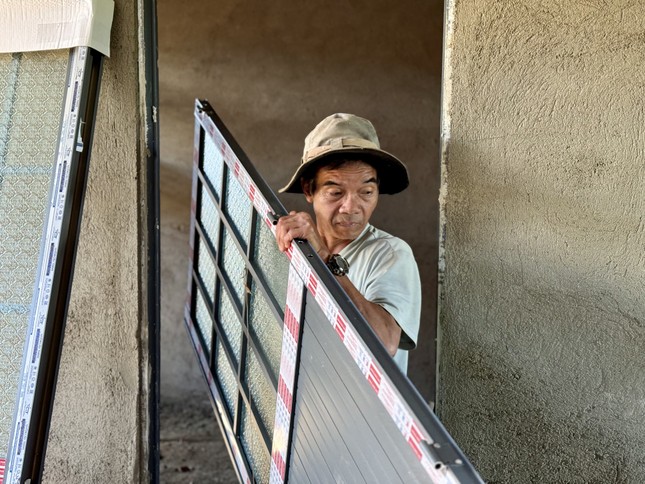 |
In 2025, Di Linh district aims to complete the construction or repair of 102 houses for the poor, of which more than 60% have been started. The goal is to complete all of them before June 2025 - the time when the district switches to a two-tier government model.
The journey to help the poor have solid roofs, therefore, requires not only bricks and bags of cement, but also flexible and understanding policies from the government so that no one is left behind on the journey to settling down and having a career.
Source: https://tienphong.vn/go-nut-that-so-do-de-dan-ngheo-co-chon-an-cu-post1743850.tpo



![[Photo] General Secretary To Lam chairs a working session with the Central Internal Affairs Commission](https://vphoto.vietnam.vn/thumb/1200x675/vietnam/resource/IMAGE/2025/5/22/3b7790f499da45b2803d8ae253207ef1)



![[Photo] Prime Minister Pham Minh Chinh chairs the Government's special meeting on law-making in May](https://vphoto.vietnam.vn/thumb/1200x675/vietnam/resource/IMAGE/2025/5/22/1c880aae96fd4e0894abc47a46fe19ba)
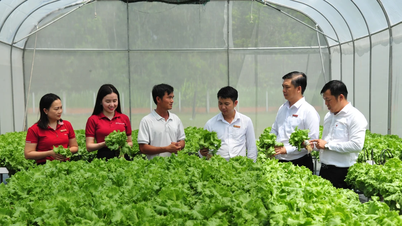


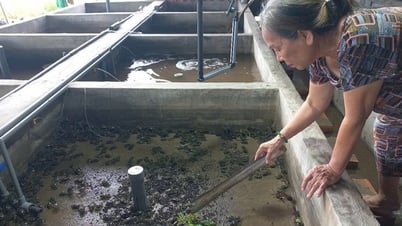
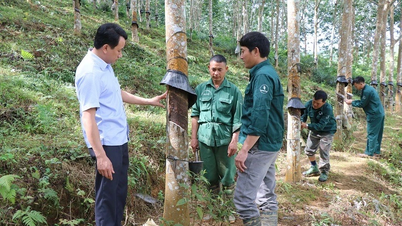

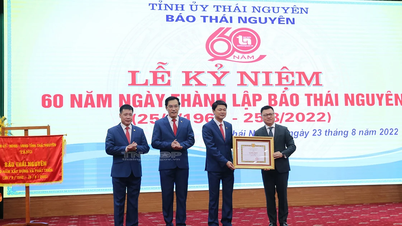









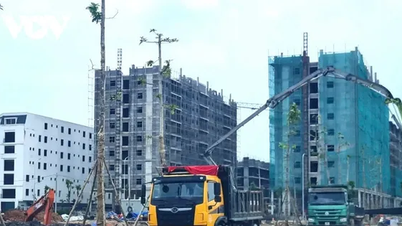





































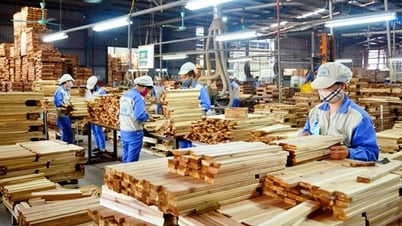






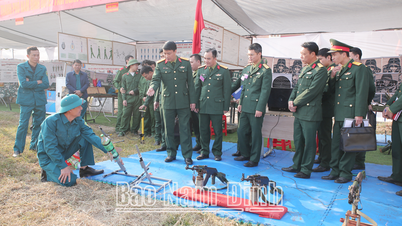



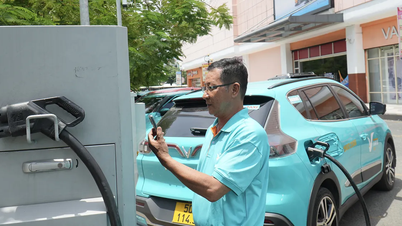


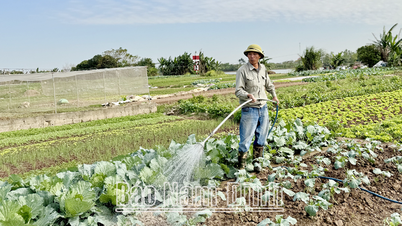




![[Podcast] Week introducing more than 500 OCOP products in Hanoi](https://vphoto.vietnam.vn/thumb/402x226/vietnam/resource/IMAGE/2025/5/22/d144aac2416744718388dbae3260e7fd)






Comment (0)